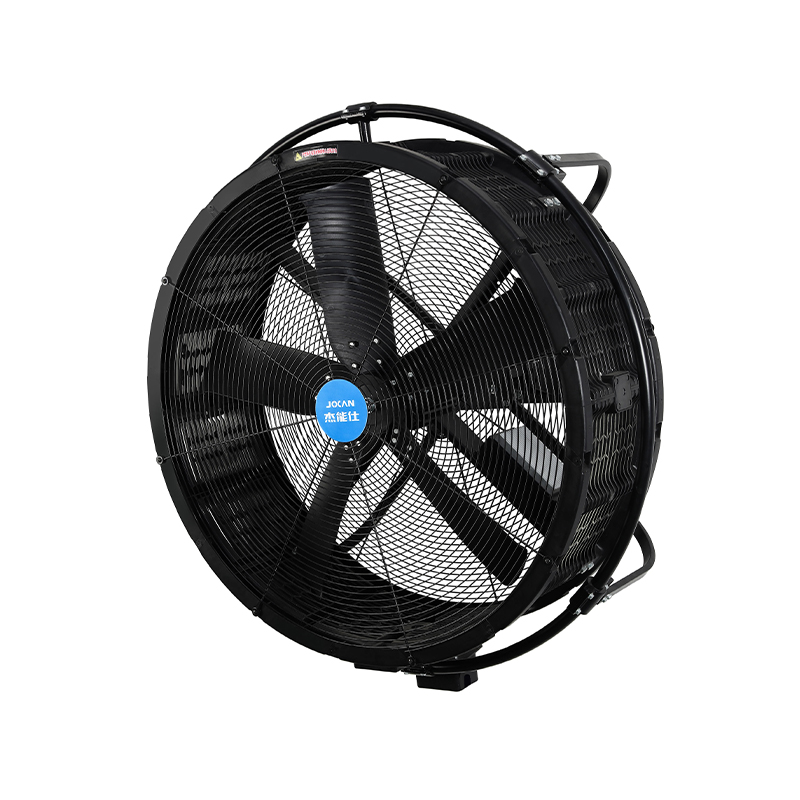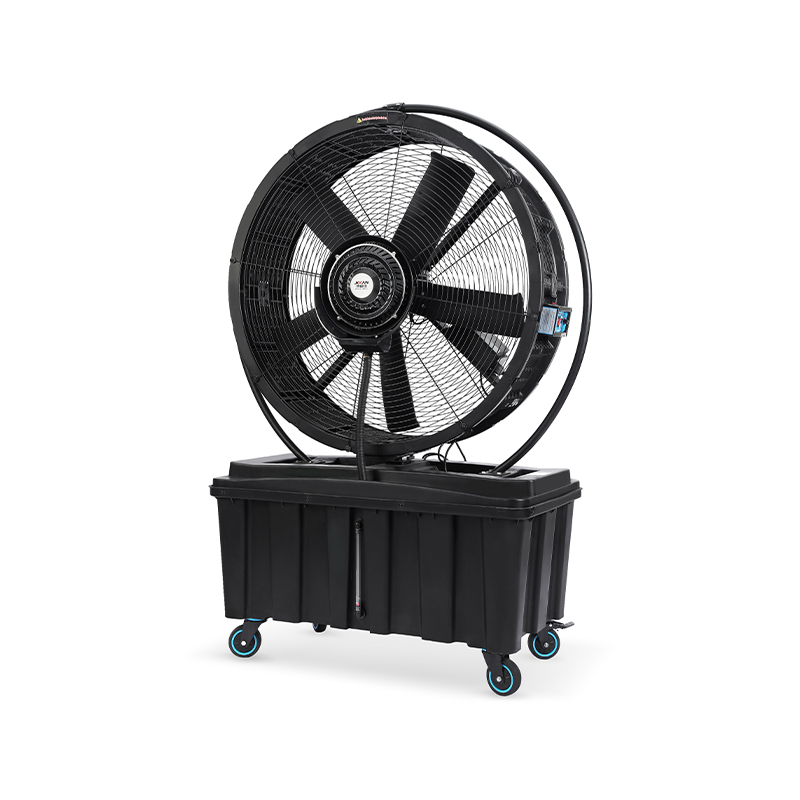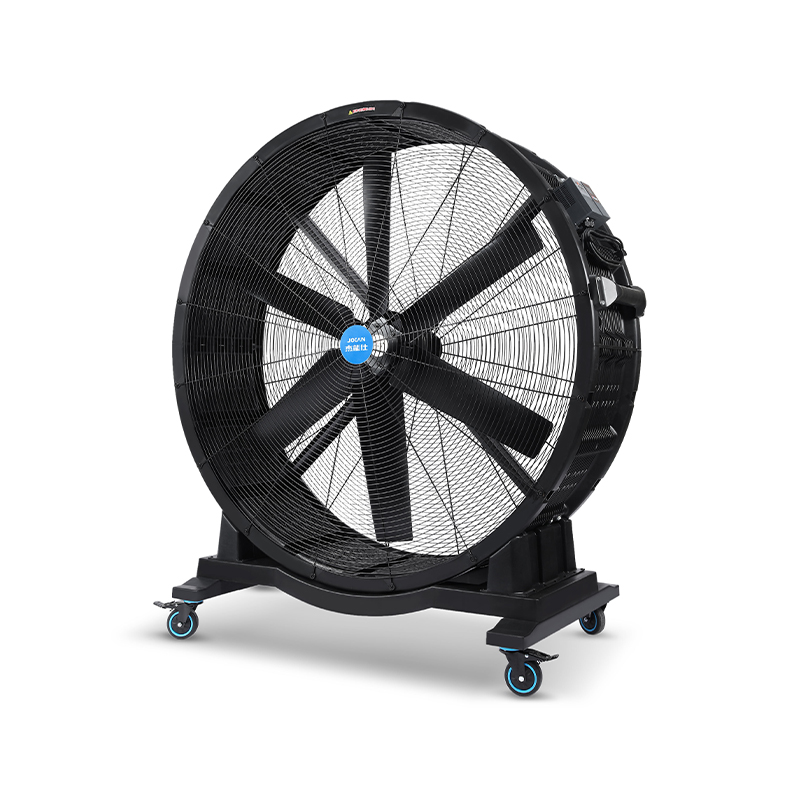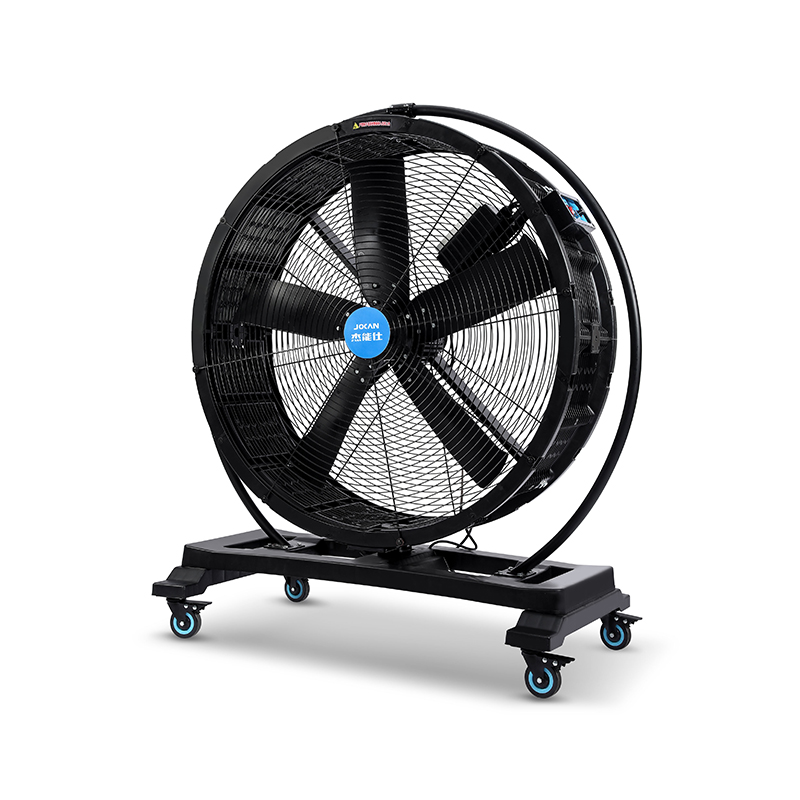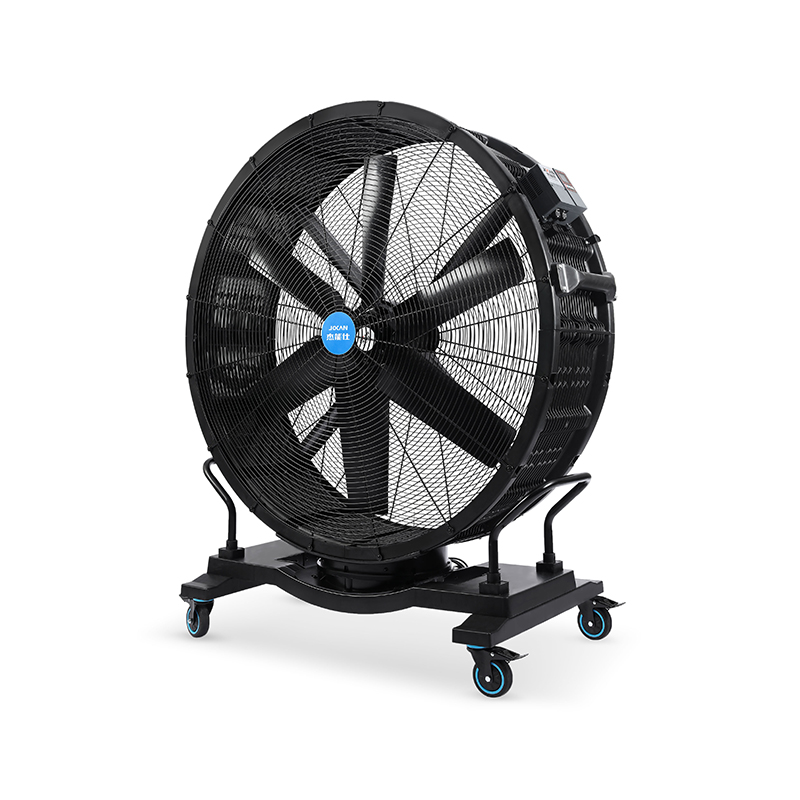Proper installation is a key factor in ensuring the efficient operation and longevity of any air supply fan system. Whether you are working on a commercial ventilation setup or a residential project, following practical installation steps will help you get the lots of from your equipment. This article focuses on installation tips for three common types of air supply fans: the high power standing fan, the bathroom fresh air fan, and the small duct fan.

Starting with the high power standing fan, these units are designed to move large volumes of air and are often used in industrial or large open spaces. Before installation, ensure the site has a flat, stable surface that can support the weight and vibration of the fan during operation. Because these fans generate significant airflow, it is important to position them so the air is directed where it is needed lots of, while avoiding blowing directly at people or sensitive equipment. Proper electrical connections are essential; a dedicated power supply that matches the fan's voltage and current requirements should be installed by a qualified electrician to maintain safety and performance.
When installing a bathroom fresh air fan, the process requires special attention to moisture resistance and noise control. Bathrooms typically have high humidity levels, so the fan must be securely sealed to prevent leaks and protect the motor from moisture damage. Position the fan to draw air from the room and vent it directly outside, avoiding duct runs that are too long or have many bends, which can reduce airflow efficiency. Additionally, make sure the fan housing is insulated and tightly sealed to reduce noise transmission. The bathroom fresh air fan often includes built-in dampers to prevent backdrafts; verify these components function correctly during installation.
A small duct fan is commonly used in HVAC systems or confined spaces where airflow must be directed through narrow passages. Installing these fans involves ensuring that the ductwork is clean and free of obstructions. The fan should be mounted securely within the duct, with vibration isolators if possible, to less noise and wear. Make sure to seal any joints around the fan to prevent air leaks which can compromise ventilation efficiency. Electrical wiring should be safely routed and protected from mechanical damage. Since small duct fans tend to operate continuously in many setups, it is important that they are accessible for routine maintenance and inspection.
When planning an air supply fan project, consider the airflow requirements and the specific environment. For example, using a high power standing fan in a warehouse can help improve air circulation and worker comfort, but in smaller spaces, a small duct fan may be better suited to maintain steady ventilation without creating drafts. In humid areas like bathrooms, the bathroom fresh air fan is crucial for removing moisture and reducing mold risk.
In all cases, proper electrical installation is crucial. Fans like the high power standing fan, bathroom fresh air fan, and small duct fan all require a stable power source with correct grounding and circuit protection. Using improper wiring or overloading circuits can cause damage to the fan or create safety hazards.
It's also worth noting that the physical placement of these fans affects performance. The high power standing fan should be placed to optimize airflow paths, avoiding obstacles that could disrupt the air movement. The bathroom fresh air fan is ideal installed near the ceiling or exhaust area where humidity accumulates. For small duct fans, careful measurement of the duct diameter and length will ensure the fan chosen matches the system's needs.
Maintenance access is another factor to consider during installation. Fans like the high power standing fan may need occasional blade cleaning or motor lubrication. The bathroom fresh air fan should be easy to remove for filter replacement or cleaning to maintain good air quality. The small duct fan requires periodic checks to ensure the motor is running smoothly and the duct is clear of debris.
Following these guidelines will help any air supply fan project achieve effective ventilation and longer equipment life. Paying attention to details during the installation of a high power standing fan, bathroom fresh air fan, or small duct fan can prevent common issues such as noise, airflow loss, or premature wear. Whether upgrading existing systems or installing new ones, careful planning and execution make all the difference.
 Add: Plot 23, Huanglang Industrial Zone, Jinqing Town, Luqiao District, Taizhou City, Zhejiang Province
Add: Plot 23, Huanglang Industrial Zone, Jinqing Town, Luqiao District, Taizhou City, Zhejiang Province
 TEL: +86-13586083215
TEL: +86-13586083215

 English
English English
English عربى
عربى 한국어
한국어


